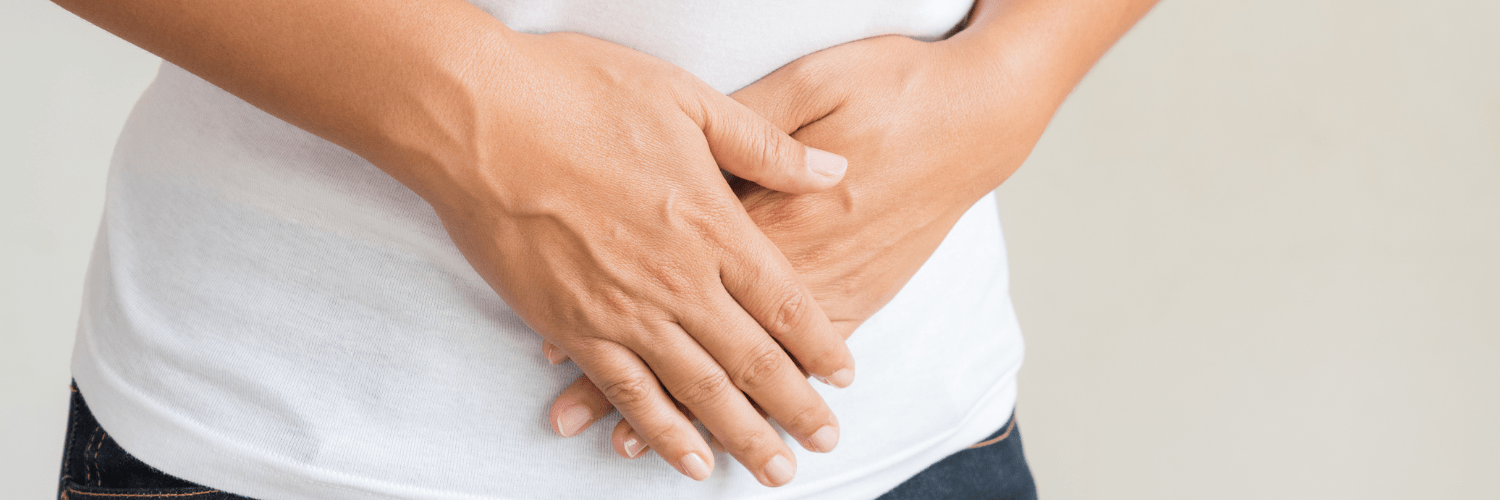
- 0 Comments
- PRMA Plastic Surgery
After undergoing DIEP flap breast reconstruction, many women are surprised to experience bloating or swelling in their abdomen. This common post-surgery symptom, often called “Swelly Belly,” can feel frustrating, but rest assured, it’s a normal part of the healing process.
At our expert plastic surgery center in San Antonio, we’ve helped thousands of women navigate their recovery journeys. We’re here to offer reassurance, practical tips, and expert advice to help you feel more comfortable as you heal.
Stomach Bloating After Breast Reconstruction
During your breast reconstruction recovery, you may notice abdominal swelling and a feeling of tightness or distention. This happens because the tissue removal during a DIEP flap procedure temporarily disrupts your body’s lymphatic drainage and triggers inflammation—a natural response to healing.
While the swelling can vary from person to person, most women find that it subsides by the 12-week mark. However, every recovery is unique, and your experience may depend on your body’s individual healing process.
What Causes Swelly Belly After Breast Reconstruction?
When tissue is removed from the abdomen, as in DIEP flap procedures, your body works to heal itself. Abdominal swelling after breast reconstruction is primarily caused by the body’s natural response to surgery. Here’s why:
- Inflammation: Surgery triggers your body’s natural healing response, which includes swelling and inflammation.
- Disrupted Lymphatic Drainage: Removing tissue from the abdomen temporarily affects how fluid moves through the area.
- Fluid Retention: Your body may retain fluid near the surgical site as it repairs itself, causing a feeling of tightness or fullness.
Healing internal tissues and restoring normal circulation take time, and these factors combined contribute to swelling after surgery. With proper post-operative care and patience, the swelling gradually resolves as your body recovers.
Breast Reconstruction Bloating Relief Tips
Post-surgery bloating (AKA “Swelly Belly”) is most often eased with time. In most cases, these symptoms will lessen within 12 weeks, however, some ways to reduce bloating, swelling, and stomach discomfort are:
- Eat Smart: High-fiber foods like fruits, vegetables, and whole grains support digestion. Eating smaller, more frequent meals can also help alleviate bloating.
- Track Your Triggers: Keep a food diary to identify which foods might worsen your symptoms.
- Stay Active: Once your doctor gives you clearance, try walking for 30 minutes daily to encourage circulation and reduce swelling.
- Wear Compression Garments: Follow your surgeon’s instructions to wear your surgical garments, as they’re key for minimizing swelling and promoting healing.
By staying proactive and listening to your body, you’ll find that these symptoms lessen over time.
When Should I Consult with my Doctor?
If your overall quality of life is being affected and even your daily activities are uncomfortable, it might be time to have an evaluation by a physical therapist or your healthcare team.
At PRMA, we are experts in microsurgical breast reconstruction and have over 25 years of experience. We would be more than happy to evaluate your needs and provide you with our medical recommendations.
Patient Thoughts on Swelly Belly
Hearing from others who’ve experienced Swelly Belly can help you feel less alone. Here’s what one of our patients, Terri, shared about her journey:
“The term “Swelly Belly” is used every so often on my private Facebook group, DiepCJourney: Breast Reconstruction after Mastectomy. Post-surgical swelling can happen no matter what type of surgery one has as the body’s response to healing. When the term is used in relation to the various feelings patients experience in the abdominal area after DIEP flap breast reconstruction, it makes sense the term “swelly belly” was created.”
“I see the term used in a variety of ways because we are each unique in our perception of this feeling. It is difficult to describe the feeling unless one has had this procedure. I had DIEP flap breast reconstruction and understand the concern. The suggestions in this blog are valuable in self-assessing the symptoms. In addition to what has been written, I would like to add and have heard from others that even before this surgery, our tummy would swell up. It often happens at the end of the day, after a full meal, eating certain types of food, traveling, or sitting for prolonged periods of time. After the DIEP flap, however, the swelling in the abdominal area feels a bit more pronounced with the tightening of the abdominal area.”
Terri Coutee
PRMA Patient
Founder/Director
DiepCFoundation.org
Terri also shared some valuable advice:
“Set realistic, attainable goals after your surgery. Your body is going to feel different now than it did before surgery. If you are doing it simply to lose weight or get back into a certain dress or pant size you may be setting yourself up for failure. Reset your compass.”
Schedule a Consultation Today to Address Your Concerns and Get Expert Guidance!
If you’re exploring post-mastectomy reconstruction options, including DIEP flap surgery, or if you have concerns about stomach bloating after breast reconstruction, our San Antonio plastic surgeons are here to guide you every step of the way. Our team of experts is dedicated to helping you make an informed decision that aligns with your goals and lifestyle.
Take the first step today by reaching out to schedule a consultation or completing a Virtual Consultation from the comfort of your home. Your journey toward feeling whole again starts with a conversation—let’s begin!
